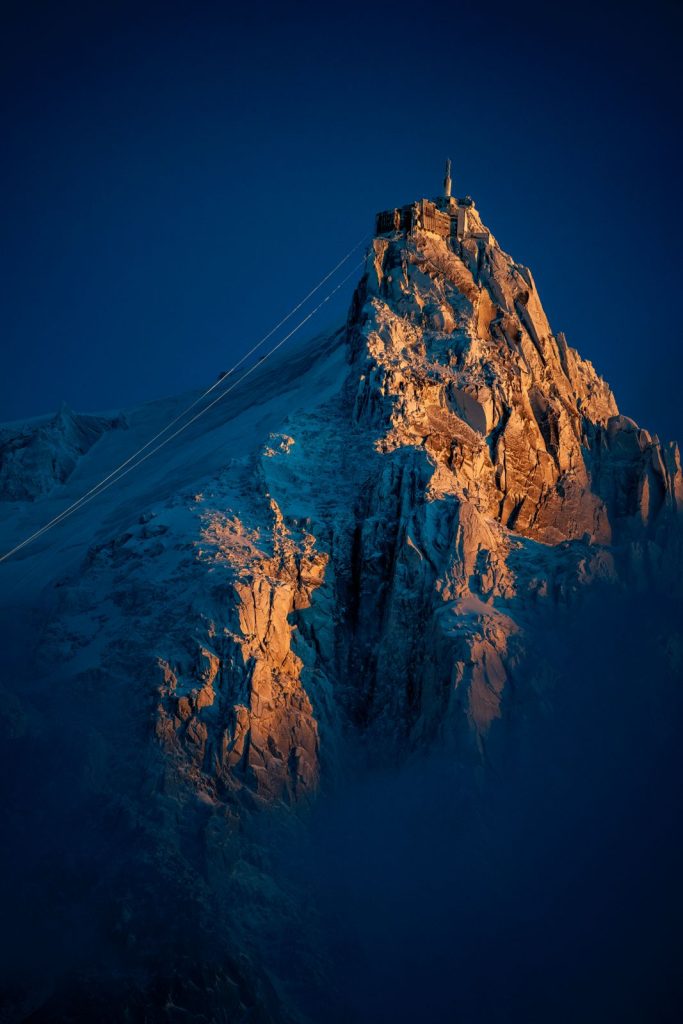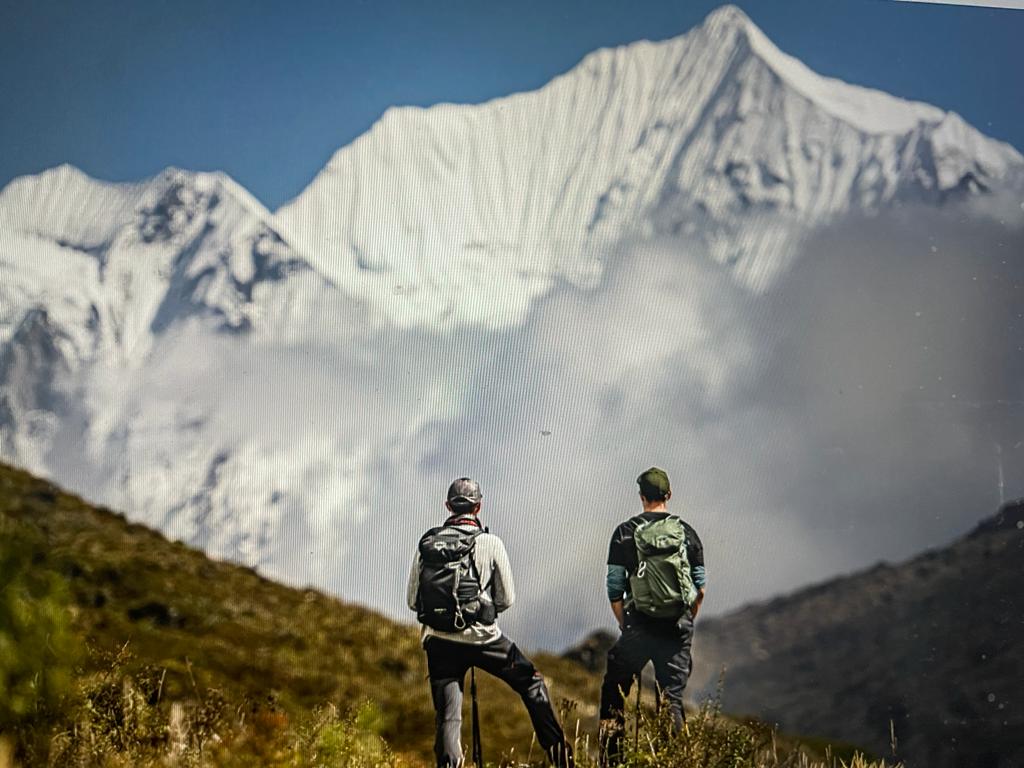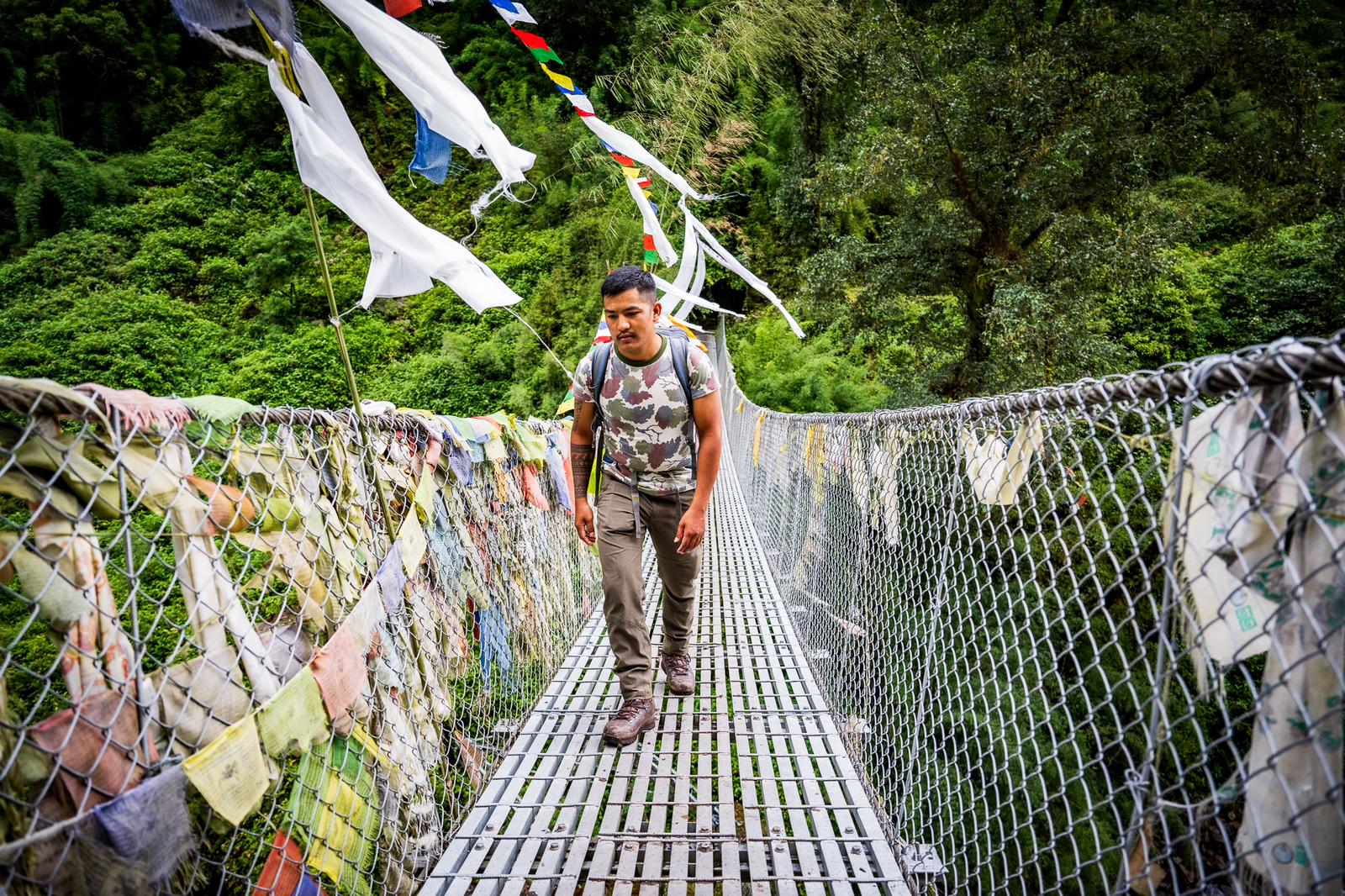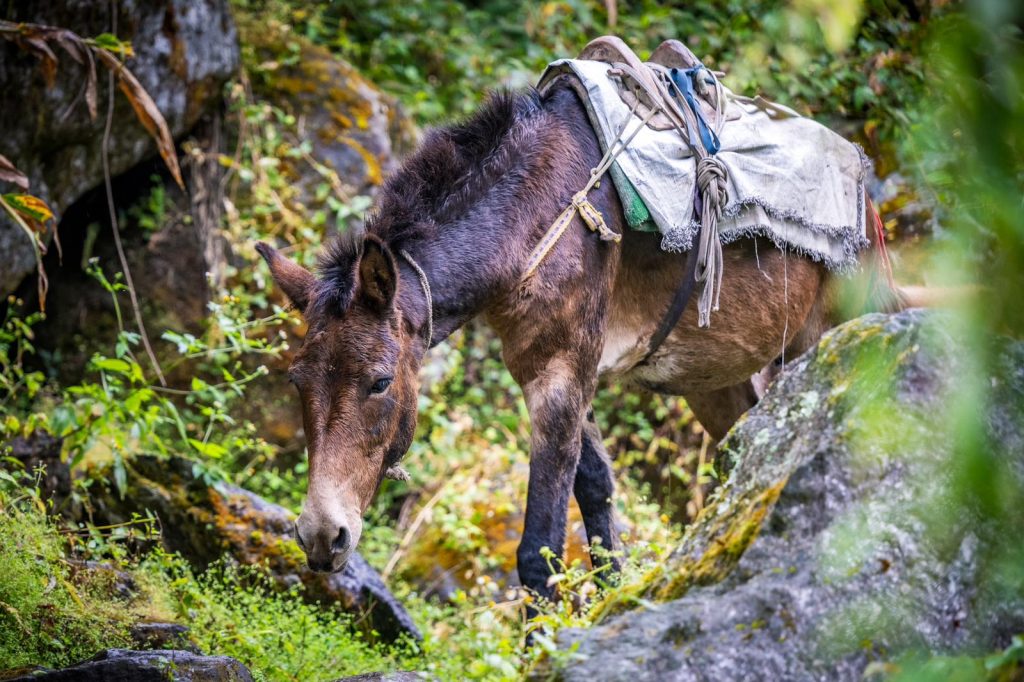Nestled within the majestic embrace of the Himayalas, filmmakers are drawn to a world that transcends the ordinary, where nature’s grandeur serves as an unparalleled backdrop for cinematic storytelling. In the Himalayas, the camera captures not only scenes but also the spirit of exploration and the boundless possibilities that arise when storytelling ventures beyond the constraints of a studio storytelling. Therefore, this blog serves as an invitation to join the unique environment and how it shapes this creative process.
Introduction:
Filmmakers find inspiration not only in the grandeur of nature but also in the intimate moments shared with people. The cinematic experience communicates with the cultural peaks and serene valleys, providing a scenic backdrop that makes the spirit of the land alive. Therefore, filmmakers are the storytellers whose each frame transforms into a vessel carrying the essence of the Himalaya communities.
The Himalayan Canvas
The Himalayas are the living anthology, and each film frame is the chapter, chronicling the stories that transcend borders and resonate universally. In the Himalayas, every frame becomes a testament to the unconventional spirit of filmmaking in nepal. The filmmaker discovers a unique form of storytelling in each part of the Himalayas. There are different challenges and rewards that the filmmaker has to face while capturing the Himalayas backdrop.
Challenges
To begin with, the challenges. There are various and unpredictable challenges filmmakers should face during the filmmaking in Nepal. Some of them are:
Logistical hurdles
Things like transporting equipment and securing essentials are intricate tasks that require meticulous planning and execution. The challenges are an integral part of the filmmaking adventure; limited access to modern logistic infrastructure in remote Himalayan regions requires filmmakers to adopt alternative equipment. This helps in ensuring the smooth execution of the firm project.
Unpredictable weather
Unpredictable weather during outdoor shoots is a challenging yet adventurous part of the cinematic narrative. This factor has a huge impact on the production schedule, logistical implications, health, and other factors. Filmmakers should prioritize the safety and acclimatization of the crews for the smooth continuation of shoots. This may be an opportunity to craft a cinematic experience that mirrors the untamed beauty of nature.
Altitude factors
As filmmakers ascend to these breathtaking altitudes, they confront decreased oxygen levels that not only impact the well-being of the crew but also considerations for equipment functionality. This factor needs a delicate balance between capturing cinematic visions and prioritizing the health and safety of the crew. This may lead to adjusting the daily shoot duration and carefully selecting locations.
Limited access to amenities
The limited access to amenities demands a high degree of adaptability, resourcefulness, and resilience to ensure the successful execution of the cinematic vision. Filmmakers find a canvas where adaptability becomes an art and resilience becomes the brushstroke that paints in cinematic masterpieces. Therefore, strategic planning and efficient energy are very important to sustain essential operations.
Rewards
Likewise, there are numerous rewards for capturing Himalayas on canvas. Some of the rewards are as follow:
Authentic storytelling
Filmmakers give a co-author or shape stories, and resonate with the raw beauty of the Himalayan environment. The universal themes of human resilience, cultural richness, and the grandeur of the Himalayas are what we get from authentic storytelling. Therefore, the result of storytelling goes beyond the screen, creating an emotional connection with the audience.
Breathtaking visual
The unparalleled visual unfolds amidst the towering peaks and expensive landscape, creating a mesmerizing experience. This helps in transcending the ordinary and etching an indelible mark on the canvas of storytelling. In the Himalayas, you can find the pristine beauty of snow, lush valleys, diverse landscapes, and many other cinematic experiences.

Spirit of adventure
Filmmakers navigate through nature’s whims, discover resilience, and adapt, which redefines the very essence of success in their craft. Every successful shoot at altitude becomes a testament to human endurance and the indomitable spirit of the filmmaking team. The spirit of adventure transforms into a catalyst for self-discovery and creative exploration.
Cultural richness
Filmmakers should actively engage with Himalayan communities, immersing themselves in the intricacies of local lives. They weave the living traditions into the fabric of their narratives, showcasing rituals, celebrations, and daily practices that become integral elements of the storytelling process. They can find local talents and inspirational impacts that make their story and shoot come alive.
Collaborating with the Himalayan Community
Collaborating with the Himalayan community can help in expressing the culture and authenticity of the Himalayas. This helps to introduce people to the real world of the Himalayas. You can make stories relate to people or based on the truth. Some of the advantages of collaborating with the Himalayan Community are:
Preserving authenticity through collaboration
Collaboration with the Himalayan community is more than a production necessity. This helps in evolving into a commitment to cultural sensitivity. Filmmakers should prioritize a comprehensive understanding of local customs, traditions, and values for preserving authenticity in stories. Preserving authenticity through collaboration results in a cultural dialogue that echoes with respect, understanding, and a celebration of diversity.
Empowering local vocals
Empowering local voices leads to active community involvement in storytelling, shared ownership of the narrative, cultural representation with pride, and other factors. This helps in expressing identity, pride, and the timeless stories that echo through the Himalayas. Therefore, in the Himalayas filmmaking, the true essence of storytelling is discovered in the collaboration with local communities.
Local actors and crews
Hiring local actors and crews adds authenticity to the narrative and catalyst for economic development within the region. The authenticity to the narrative is a catalyst for economic development within the region. Authenticity enriches the characters and narrative, creating a more genuine and relatable cinematic experience. Therefore, you can capture the essence of the region and a positive change within the communities.
Incorporating indigenous stories
By selecting narratives that are deeply rooted in the cultural heritage of the region, filmmakers can create stories that resonate across cultural boundaries. This can also be a collaborative effort between filmmakers and community members to preserve and share cultural heritage. Incorporating indigenous stories leads to cultural prevention, education, and a celebration of timeless boundaries.
Conclusion:
The hurdles and triumphs of filmmaking in the majestic region compel filmmakers to embrace the rawness of the environment, weaving narratives that resonate with a genuine and profound connection with the audience. As we conclude this exploration, you can realize that the Himalayas, with their breathtaking landscapes and cultural richness, are as nerve-wracking as art.
Nepal Film Production helps you with project development, production assistance, logistics and planning, marketing, and other facilitative and legal aspects of filming in Nepal throughout the entire filming process.
FAQs
- Where can I find more information and support for filmmaking in Nepal?
Nepal Film Production provides comprehensive assistance to filmmakers, from project development and logistics to legal and marketing support. Their website and contacts offer valuable resources and guidance for navigating the filmmaking process in Nepal.
- What permits do I need to film in Nepal?
There are several permits required depending on your filming location and activities. The main one is a National Filming Permit from the Ministry of Information and Communications. You may also need additional permits for filming in national parks, sensitive heritage areas, or using drones. Collaborating with a local fixer or production company can help navigate the permit process.




